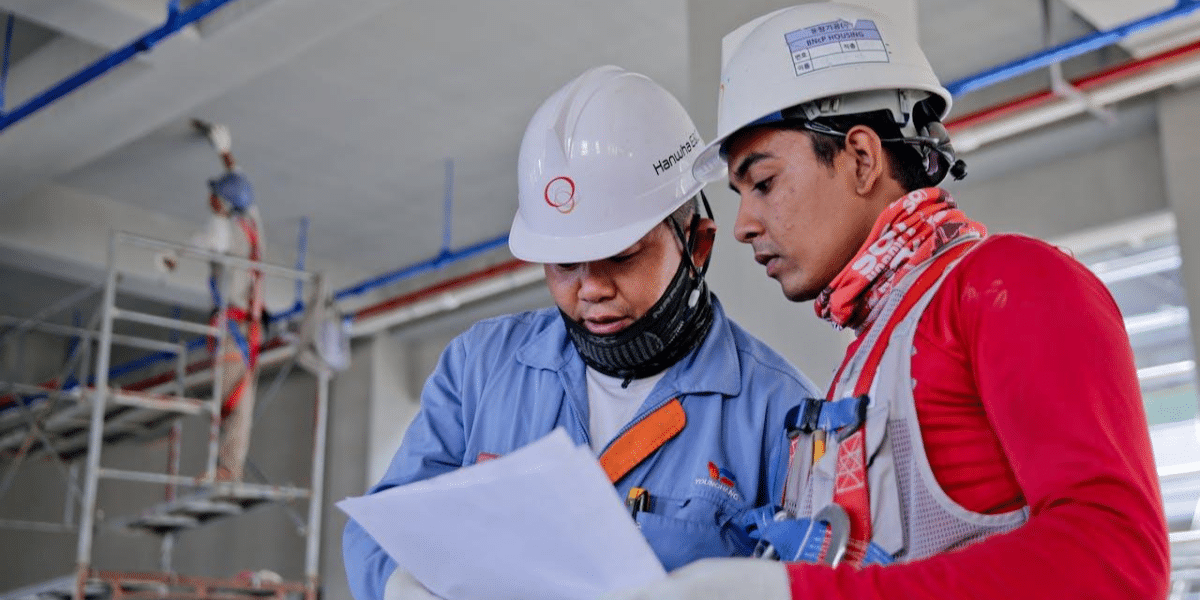By: Anne Davis
Navigating the tumultuous teenage years can be a daunting task for any parent, especially when faced with the alarming issue of violent outbursts. As adolescents journey through a critical phase of emotional and psychological development, they often exhibit various behaviors that can perplex and distress those around them. Of particular concern are sudden displays of aggression and violence, which can leave parents feeling overwhelmed and uncertain about how to respond effectively. This challenge is compounded by the ever-evolving dynamics of today’s society, where factors like social media, peer pressure, and the school environment play significant roles in shaping adolescent behavior. Understanding the root causes of these outbursts and effective strategies for addressing them is essential for parents who strive to guide their teenagers toward healthy emotional development. Keep reading to delve into the complexities surrounding extreme teen outbursts, offering insights and practical advice to help parents navigate these turbulent waters.
Why Are Violent Teen Outbursts Becoming a Pressing Concern?
Understanding the reasons behind the sudden increase in violent teen outbursts has become a crucial concern for parents. Adolescence is a tumultuous time characterized by significant physical, emotional, and social changes. These changes can sometimes manifest as aggression and violence, leaving parents perplexed and worried. The causes of these outbursts are complex and multifaceted, often stemming from hormonal changes, psychological stress, and environmental factors. In some cases, underlying mental health issues such as anxiety, depression, or behavioral disorders can also contribute to the sudden display of aggression. Parents need to recognize that these outbursts are not just a normal part of growing up but could indicate deeper issues that require attention and intervention.
How Can Parents Effectively Respond to Violent Outbursts?
Responding to violent outbursts requires a delicate balance of firmness, understanding, and support. The immediate goal is to ensure safety and de-escalate the situation. This might involve giving the teen space to cool down or calmly asserting boundaries if the behavior becomes threatening or destructive. Long-term strategies include seeking professional help, fostering open communication, and building a supportive home environment. It’s also crucial for parents to model appropriate ways of handling stress and anger. Parents can give their teens the tools to manage their emotions by demonstrating healthy coping mechanisms.
What Role Does Social Media Play in Teen Aggression?
As teenagers using social media become increasingly common, it’s vital to understand its impact on adolescent behavior. Social media can be a double-edged sword. On one hand, it can help with self-expression and social connection. On the other, it can exacerbate feelings of inadequacy, isolation, and frustration, especially in teens who already struggle with emotional or behavioral issues. The constant exposure to curated images of perfection, cyberbullying, and the addictive nature of social media platforms can contribute to emotional volatility, leading to aggressive outbursts. Parents should monitor their teen’s social media use, encourage open discussions about their online experiences, and set reasonable boundaries to mitigate its negative effects.
Is Peer Pressure Fueling Aggression Among Teens?
Peer influence plays a significant role in shaping adolescent behavior, including the manifestation of aggression and violence. In their quest for acceptance and identity, teens may mimic aggressive behaviors seen in their peer groups, believing it to be a norm or a way to gain respect and status. Peer pressure can push a teenager towards making choices they wouldn’t typically make independently, including engaging in risky or violent behavior. Parents can help by fostering a strong sense of self-worth in their teens, encouraging them to make choices that align with their values, and discussing the impacts of peer influence. Equipping teenagers with the skills to resist negative peer pressure is crucial in guiding them towards healthier behavior patterns.
Can School Environment Impact Teen Aggression?
The school environment is a pivotal aspect of a teenager’s life and can significantly impact their behavior. A supportive school atmosphere promotes healthy social interactions and emotional growth. Conversely, a negative school environment, characterized by bullying, academic pressure, and lack of support, can trigger or exacerbate aggressive behavior in teens. Parents and educators must collaborate to create a safe and nurturing school environment. This collaboration can involve implementing anti-bullying policies, providing mental health resources, and fostering an inclusive and respectful school culture.
Navigating the challenges of violent teen outbursts is a journey that requires patience, understanding, and proactive involvement from parents. Recognizing the complexity of these issues is the first step. Whether it’s addressing underlying mental health concerns, understanding the impact of social media, mitigating negative peer and school influences, or fostering healthy communication and coping skills, the approach needs to be multifaceted. As parents guide their teens through these turbulent years, it’s essential to remember that with the right support and interventions, teenagers can learn to manage their emotions and behaviors healthily and constructively. The journey might be challenging, but it’s crucial to helping teenagers grow into well-adjusted, empathetic, and resilient adults.







